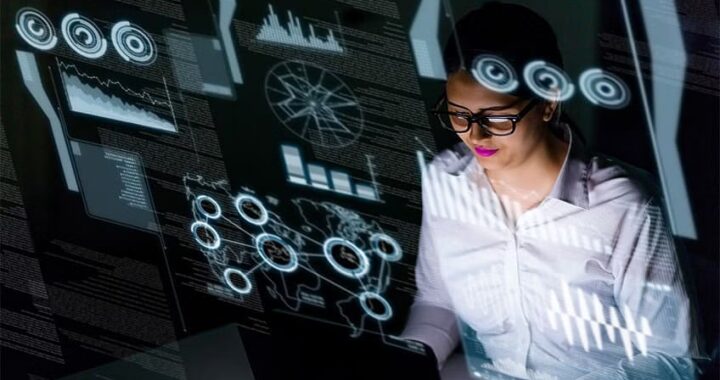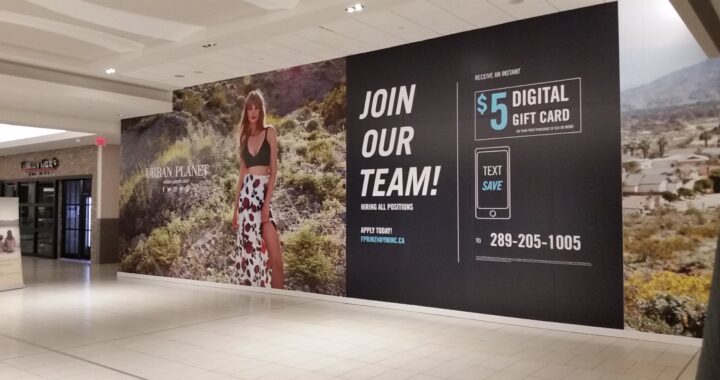5 Strategies for Integrating Underground Utilities with Railroad Design You Need To Know

It’s hard to combine underground utilities with railroad plans, but it’s important for modern infrastructure projects. Making sure that utilities like water, gas, electricity, and telecommunications are properly integrated with rail systems can prevent service disruptions, improve safety, and make both networks more efficient.
Here are five ways to combine underground site utility with railroad designs:
1. Early Planning and Coordination
The first step in combining underground utilities with railroad designs is to plan and work together early. Talking to utility companies, railroad designers, and other people involved early on can help find problems and solutions before construction begins.
Working together from the beginning helps everyone understand what they need and what they can’t do. This helps create a plan that is more complete and feasible. This collaborative approach helps in identifying the best locations for utilities, ensuring they don’t interfere with the railroad infrastructure.
Surveys & Maps
Surveying and mapping the proposed site is important. These surveys give accurate information about underground utilities and help plan new ones. Using advanced tools like Geographic Information Systems (GIS) can make this process better and faster.
2. Technology Use of Advanced Technologies
GIS technology is important for planning and managing underground utilities. GIS makes maps that show where things like power lines, railroad tracks, and other things are located. This information is important for avoiding conflicts and making sure new utilities are placed correctly.
BIM Stands for Building Information Modeling
Building Information Modeling (BIM) is another way to integrate underground utilities with railroad design. BIM allows you to make 3D models of both above-ground and underground infrastructure. These models can help you see the whole project, find problems that might happen, and make smart choices.
Ground-based Radar (GPR)
Ground Penetrating Radar (GPR) is a way to find underground utilities. GPR can show you what’s underneath the surface, which helps planners and engineers avoid harming existing things when building.
3. Taking Safety Measures Implementing Safety Measures
Safety is very important when combining underground utilities with railroad design. Making sure that all places follow safety rules can prevent accidents and problems with the service.
Measures to Protect Yourself
To keep underground utilities safe from damage, use things like covers, walls, and insulation. These measures can help keep the railroad system safe from problems caused by power failures.
4. Efficient Methods For Designing And Installing
Designing a layout for underground utilities is important for minimizing conflicts with railroad infrastructure. Utilities should be in places that are easy to maintain but don’t interfere with the railroad’s operation.
Standard Ways Of Installing Things
Using standard ways to install things can make it easier to integrate them. These methods should follow the best practices in the industry and follow the rules and guidelines. Standardization makes the project consistent and reliable.
5. Continuous Monitoring and Adjustment
Monitoring systems can help keep track of how underground utilities and railroad infrastructure are doing. These systems can catch issues early and provide data that can be used to improve maintenance and operation strategies.
Feedback From People Involved
It’s important to get feedback from everyone, including utilities, railroad operators, and the community. This feedback can give valuable insights into how well integration strategies work and highlight areas for improvement.
Conclusion
Integrating underground utilities with railroad design requires careful planning, the use of advanced technologies, strict safety measures, efficient design practices, and continuous monitoring.


 How Consultant’s Guide to HIPAA Compliance Audits and Assessments
How Consultant’s Guide to HIPAA Compliance Audits and Assessments  Key Solutions to Look for in Business Analytics for 2024
Key Solutions to Look for in Business Analytics for 2024  Vital Reasons that Enable Hoarding Signage to Set your Business Apart
Vital Reasons that Enable Hoarding Signage to Set your Business Apart  Customised Facilities Management Solutions: Tailoring Services to Meet Industry-Specific Needs
Customised Facilities Management Solutions: Tailoring Services to Meet Industry-Specific Needs  Professional photography company helps in marketing
Professional photography company helps in marketing  Top Training Courses to Boost Employee Performance in Australia
Top Training Courses to Boost Employee Performance in Australia